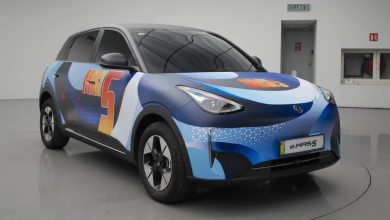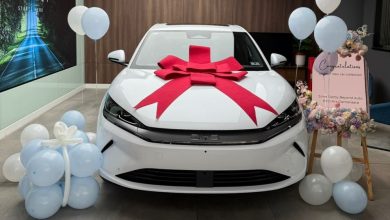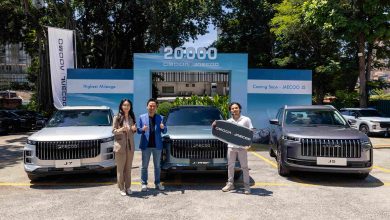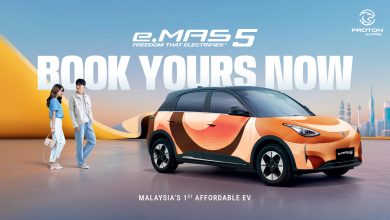Toyota Breaks Ground On Its New Woven City

Only Toyota can go around building its very own city from scratch.
Whenever we think of automaker’s doing something bold, it usually regarding a radical new car that was launched, like a boutique supercar manufacturer venturing into the SUV market for example. Or perhaps even the increasing number of marques that have recently boldly announced that they will be transitioning to full EVs in the near future.
All this talk of boldness however pales in comparison to Toyota’s most recent mega-project. That is because the automaker is not building a bold new car, but instead is building a bold new city.
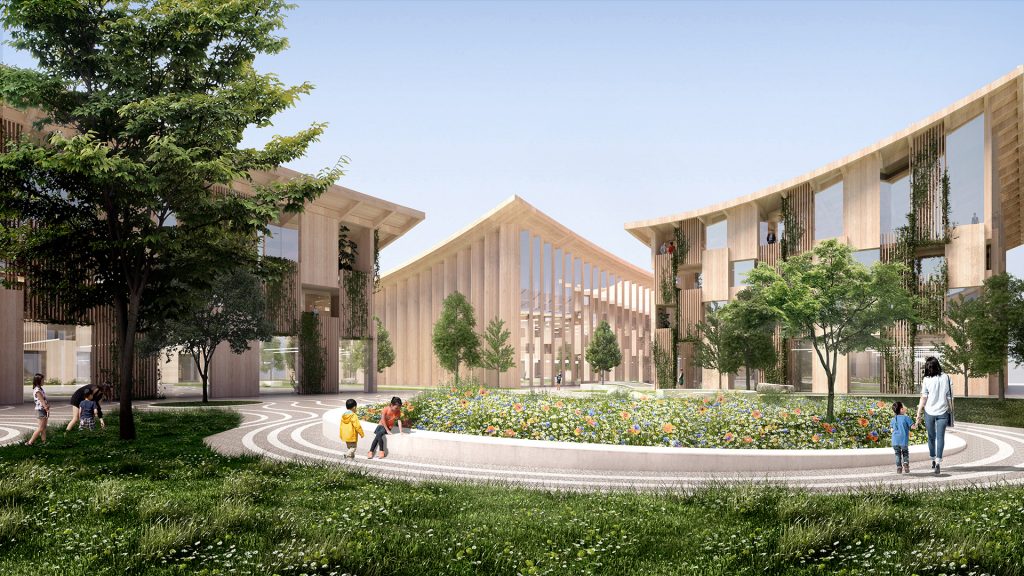
Yes, you didn’t read that wrong. The largest automaker in the world has recently broken ground on its new Woven City smart city project. Not to be confused with the other Toyota City in the Aichi prefecture, this all-new ‘city of the future’ will sit on a 175-acre site of Toyota’s old Higashi-Fuji plant at the foot of Mount Fuji in Japan.
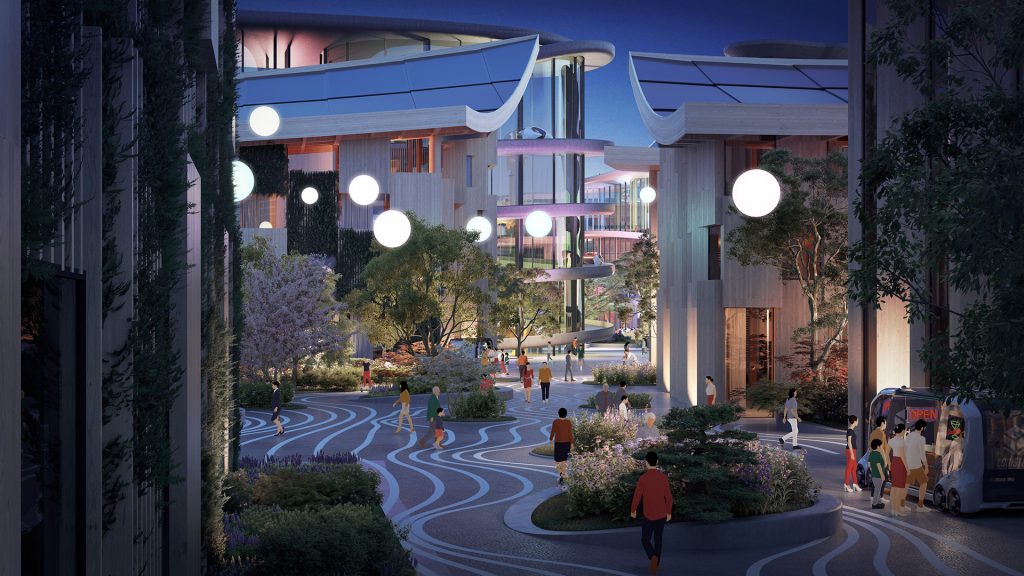
Announced previously by Akio Toyoda, the CEO of Toyota, at the 2020 Consumer Electronics Show (CES), Woven City is envisioned as a ‘living laboratory’ that it will not only serve as a home to full-time residents, but also as a base for researchers to test and develop technologies such as ‘autonomy, robotics, personal mobility, smart homes and artificial intelligence in a real-world environment’.
Designed by Danish architect, Bjarke Ingels, whose illustrious CV includes the 2 World Trade Center in New York and Google’s Mountain View HQ in California, this new Woven City project will be laid out with human centred approach in mind. As such therefore there are to be plenty of parks and recreational spaces for social gatherings.

While this may sound like just any other (developed/properly-planned) city, where Woven City starts to differentiates itself is how one get to those aforementioned parks, or any other place for that matter. That is because there are actually three types of streets that interwoven with each other on the ground level in this smart city: one that is dedicated to faster-moving autonomous vehicles, one to pedestrians, and one to pedestrians with personal mobility vehicles.
Furthermore, only fully-autonomous, zero-emission vehicles will be allowed on the main thoroughfares. The most common of which will perhaps be Toyota’s recently unveiled e-Palettes, that have already been earmarked for use in transportation and deliveries, as well as for changeable mobile retail, in Woven City.

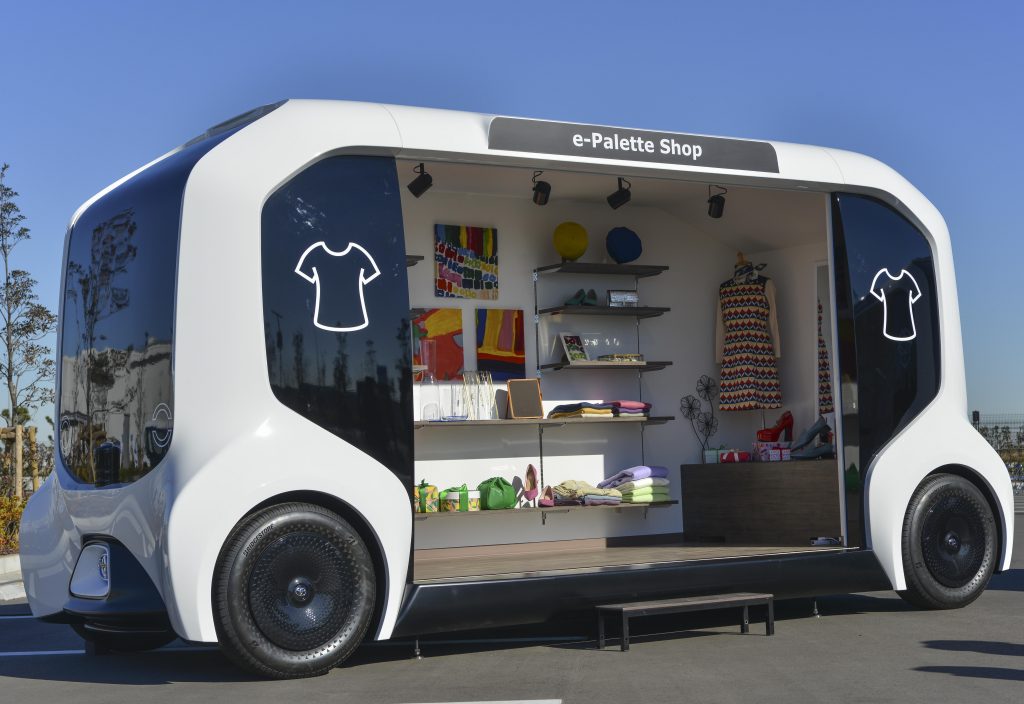
As for powering this smart city meanwhile, the roof tops of the buildings within Woven City will be covered in photovoltaic panels to harness solar energy from the sun. This source of green energy however is just as a supplementary power supply, as Toyota being Toyota is developing a fully connected hydrogen fuel cell ecosystem to supply the city with all its energy needs.
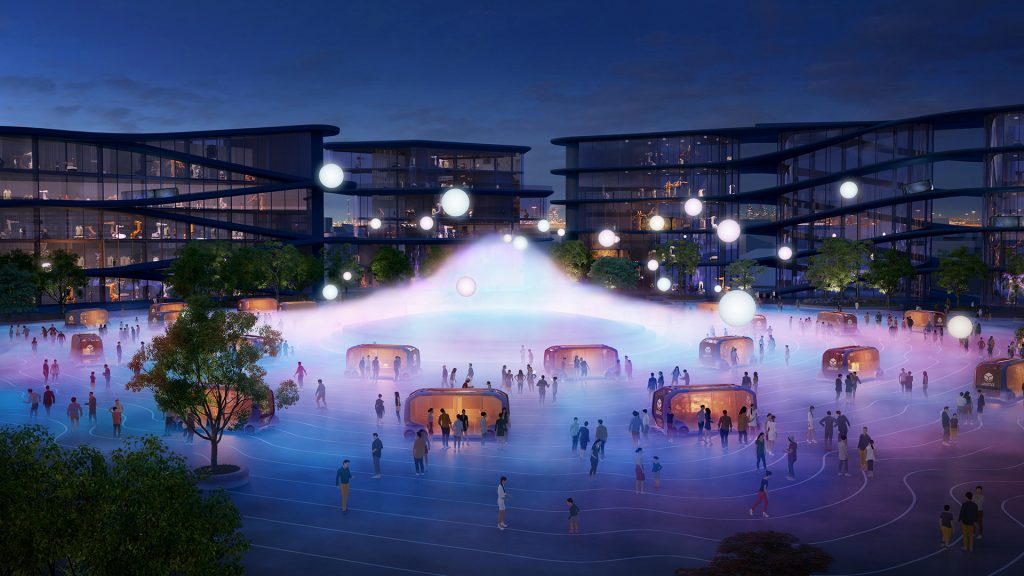
Now continuing on this subject of sustainability, the buildings within Woven City will be made mostly of wood using traditional Japanese joinery techniques to minimise the carbon footprint. Don’t think its just all looking back to the past though, as robotics will be used in the production process of these buildings. Furthermore, within those homes will feature a ‘sensor-based AI’ that Toyota claims will perform various tasks to enhance the daily lives of its inhabitants.
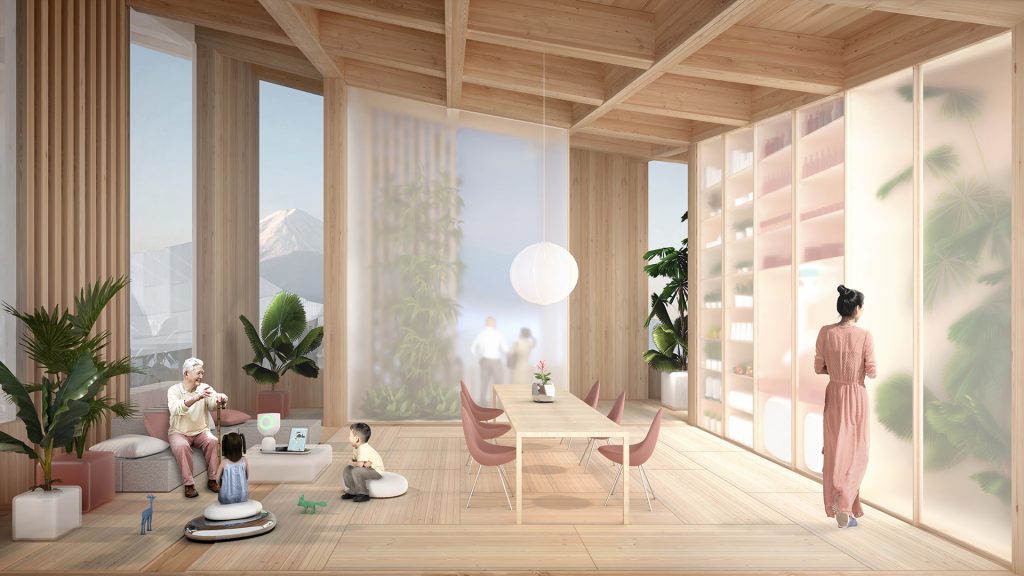
Speaking of its inhabitants, Woven City is expected to start out with roughly 360 inhabitants that mainly senior citizens, families with young children, and inventors when it first opens. A population of around 2,000 people however is expected when the city is complete.
Having said that, it is worth highlighting that all these grand plans are are still a long ways away in the future, especially seeing as groundwork has only just recently begun on the project. Toyota too has yet to announce when this new prototype city will actually be completed.
Nevertheless, what is certain is that Toyota aims for Woven City ‘to create an environment where inventions with the potential to solve social issues are created on a timely basis’. And I don’t know about you, but that is definitely a place that I would want to live in.

Here’s the full 2020 CES presentation to fully appreciate the impressiveness of Toyota’s future Woven City:
PRESS RELEASE: Toyota Motor Corporation (Toyota) and Woven Planet Holdings, Inc. (Woven Planet), the Toyota Group company responsible for a wide range of mobility development projects, anchored in software, held a groundbreaking ceremony (Jichinsai) for the construction of Woven City at 11:00 a.m. on February 23 at the old vehicle yard adjacent to the former Higashi-Fuji Plant site of Toyota Motor East Japan, Inc. (TMEJ).
Along with Governor Heita Kawakatsu of Shizuoka Prefecture, Mayor Kenji Takamura of Susono City, and other guests representing the local community, the ceremony was attended by Toyota President Akio Toyoda, Woven Planet CEO James Kuffner, TMEJ President Kazuhiro Miyauchi, as well as others involved in the project. Together, the leaders expressed their hopes for the safe start to construction.
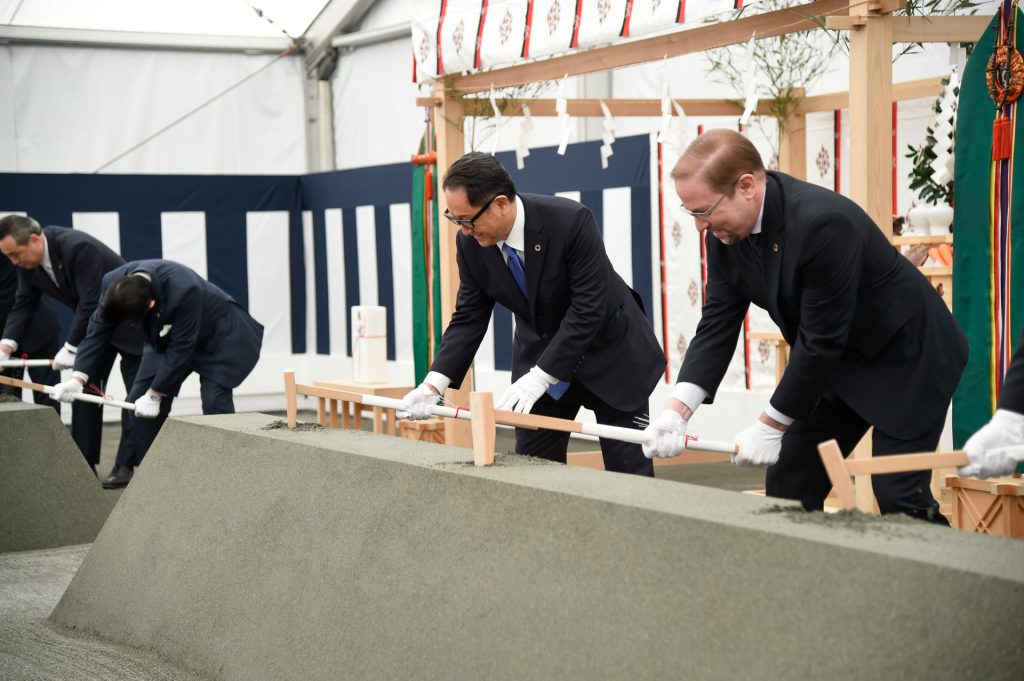
“The Woven City project officially starts today,” said President Toyoda. “Taking action as one has decided is never an easy task. I must express my deepest gratitude to all who have provided their whole-hearted support and cooperation to the project through today. The unwavering themes of the Woven City are ‘human-centered,’ ‘a living laboratory’ and ‘ever-evolving.’ Together with the support of our project partners, we will take on the challenge of creating a future where people of diverse backgrounds are able to live happily.”
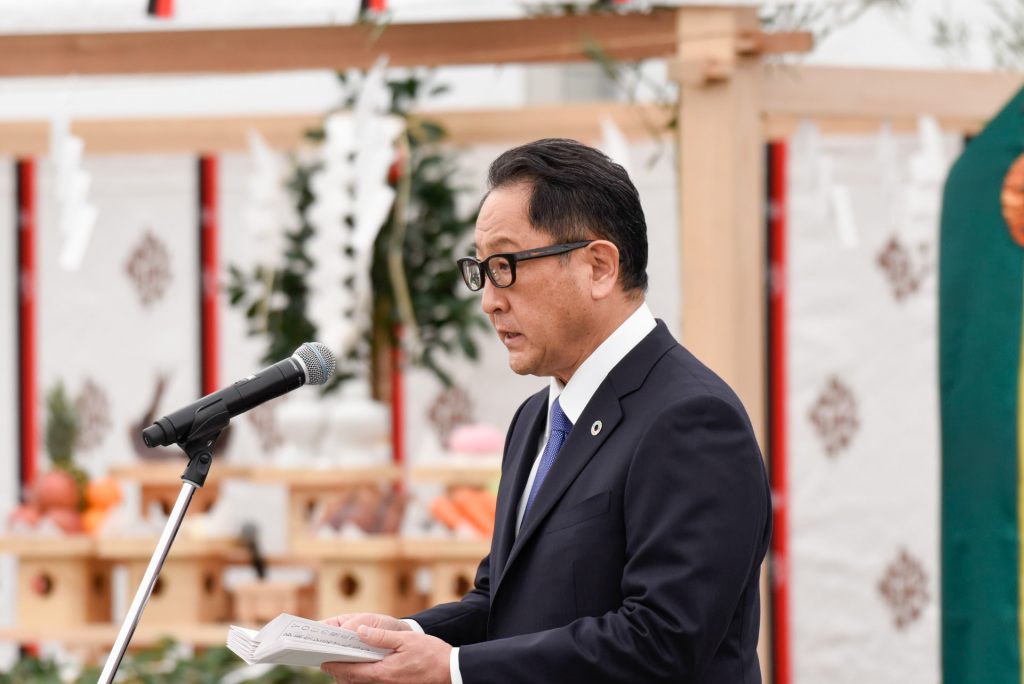
TMEJ President Miyauchi added, “I am deeply grateful for having had our Higashi-Fuji Plant operate here for 53 years with the support of the local community. The knowledge and expertise we acquired from all of the people who worked at the plant must be carried on into the next chapter. With the conviction that Woven City will stand not on mere empty land but where the history of the Higashi-Fuji Plant lies, I will offer the greatest possible collaboration in the future.”
To prepare for an era in which all ecosystems that support everyday life are connected with data, Toyota announced the construction of the Woven City at CES 2020 in Las Vegas, United States in January. Woven City aims to continuously create advancements that will help better society by accelerating the cycle of technology and development of services.

Woven City is a project that will demonstrate a human-centered approach to community development. In Toyota’s shift from an automobile manufacturer to a mobility company, the project will bring new technology to life in a real-world environment across a wide range of areas, such as automated driving, personal mobility, robotics, and artificial intelligence (AI). It is expected to provide a number of opportunities for businesses and researchers around the world.
Woven City will have three types of streets interwoven with each other on the ground level, one dedicated to automated driving, one to pedestrians, and one to pedestrians with personal mobility vehicles. There will also be one underground road used to transport goods. The community will start with roughly 360 residents, mainly senior citizens, families with young children, and inventors and will eventually have a population of more than 2,000 individuals including Toyota employees. The infrastructure of Woven City aims to create an environment where inventions with the potential to solve social issues are created on a timely basis.

